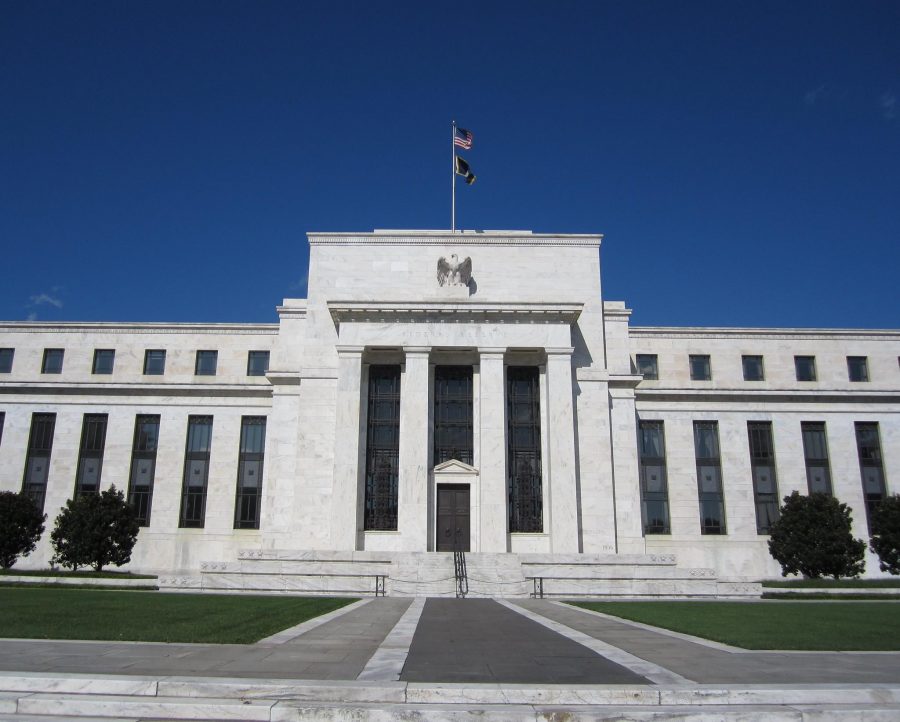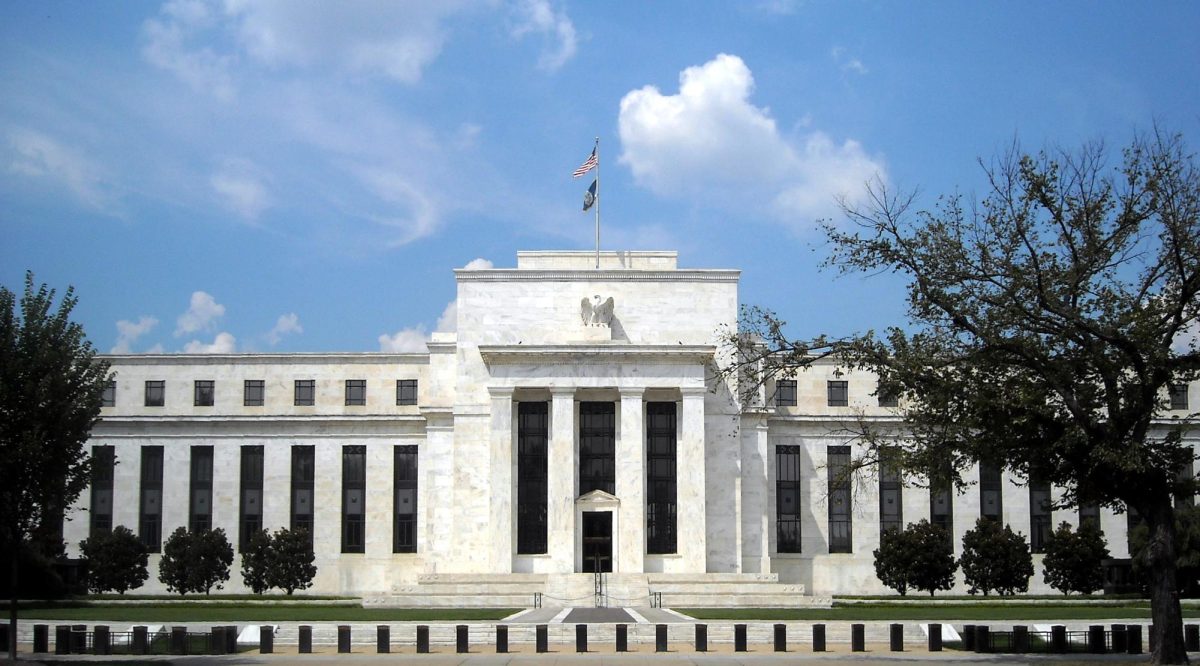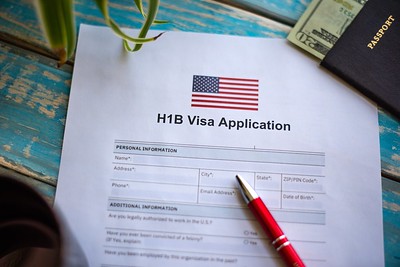On Sept. 18, Jerome Powell, the chairman of the Federal Reserve has decided to cut the federal funds rate by a quarter of a percent. This comes after a divided Federal Open Market Committee meeting concluded with confusion among members about the outlook of the economy.
“There will come a time, I suspect, when we think we’ve done enough. But there may also come a time when the economy worsens and we would then have to cut more aggressively,” said Powell at a news conference on Sept. 18.
Following its two-day policy meeting, the central bank announced that it would take down its benchmark overnight lending rate to a target range of 1.75% to 2%. That occurrence is nearly two months after the policymaking Federal Open Market Committee went ahead with its first cut in 11 years.
The United States is currently in its longest economic expansion cycle after the recession in 2008. According to BankRate, this is a huge milestone for the U.S. economy. It’s nearly seven times longer than the average expansion cycle of 17.5 months, at least since economists first started tracking the ebbs and flows of business cycles in 1854.
Now might be a time to refinance for students who have student loans. Student loan borrowers often rely on federal student loans, which are actually a fixed rate, but over 1.4 million college students use private loans to bridge the gap between the cost of college, their savings and financial aid.
Private student loans can be fixed or have a variable rate that’s tied to the prime, or T-Bill rates, which means that borrowers will probably pay less in interest when the Fed cuts rates, although how much less varies depending on the benchmark.
If someone has a a mix of private and federal loans, they should consider prioritizing paying off the private loans first or refinancing to lock in a lower-fixed rate, if possible. Even a quarter percent decrease can help save hundreds, if not thousands, of dollars over the course of many years.
This cut will lower interest rates for mortgages, credit cards, auto loans and more. The impacts are widespread not just for the United States but also for countries around the world. The long-term outlook for the economy is dependent on trade relations, interest rates, business confidence and unemployment. The trade war with China has hurt exports, factory output and has begun to raise prices for American consumers. The conflict has also generated business uncertainty that has dampened investment.
An index of manufacturing activity for August reflected contraction for the first time since 2016. And another inflation measure that the Fed monitors more closely remains stubbornly below its 2% target.
Those developments raise the risk of recession, and many economists are forecasting a downturn by the end of next year. The Fed, in turn, is taking the unusual step of trimming rates even while the economy is still on solid footing to ward off a slump.








